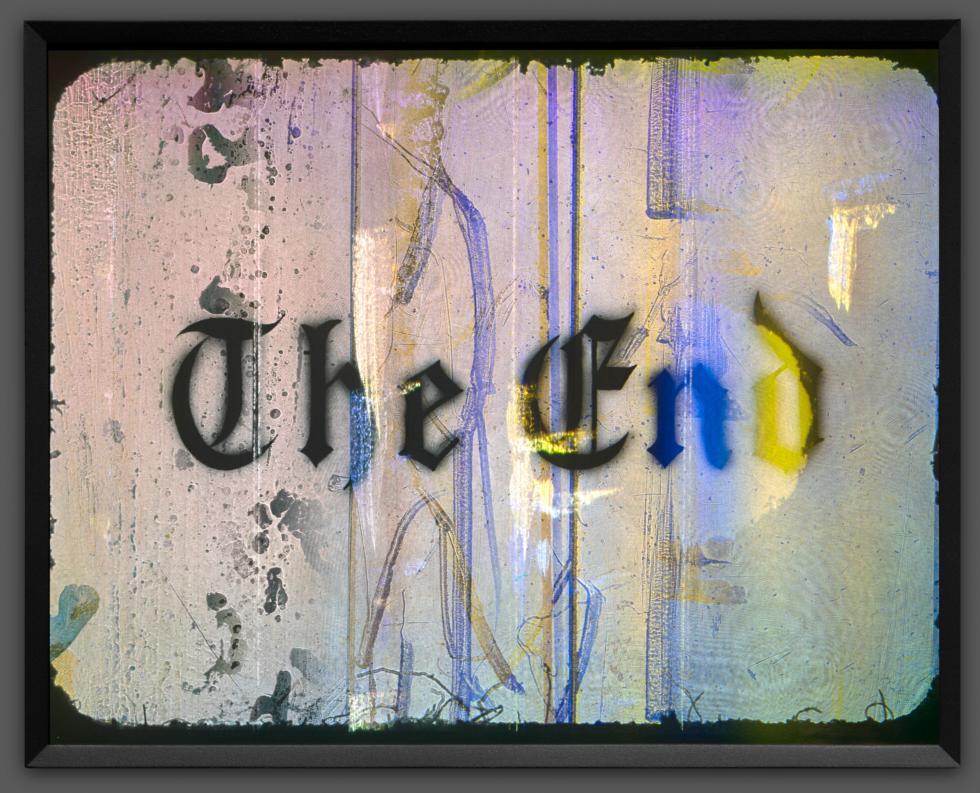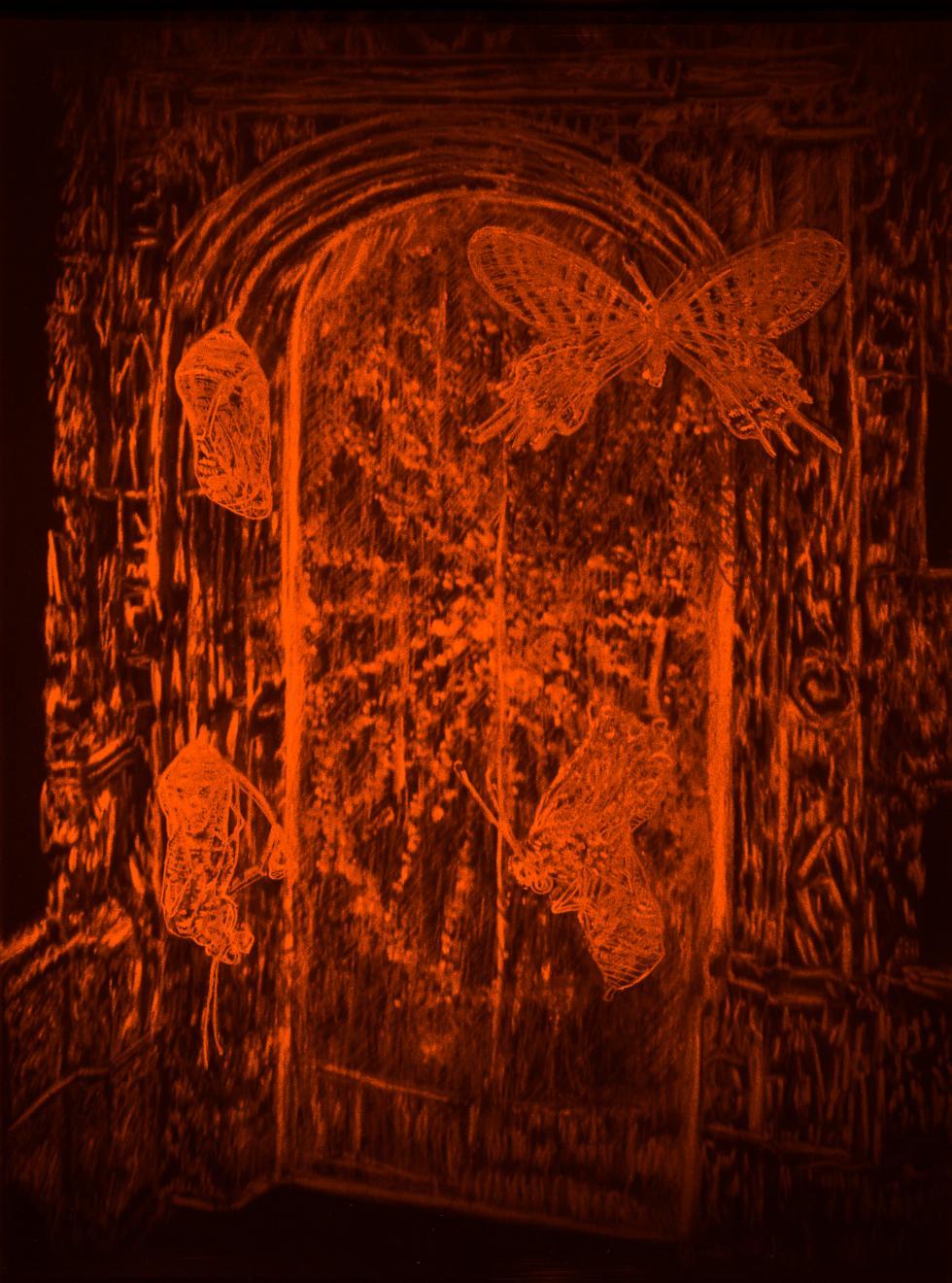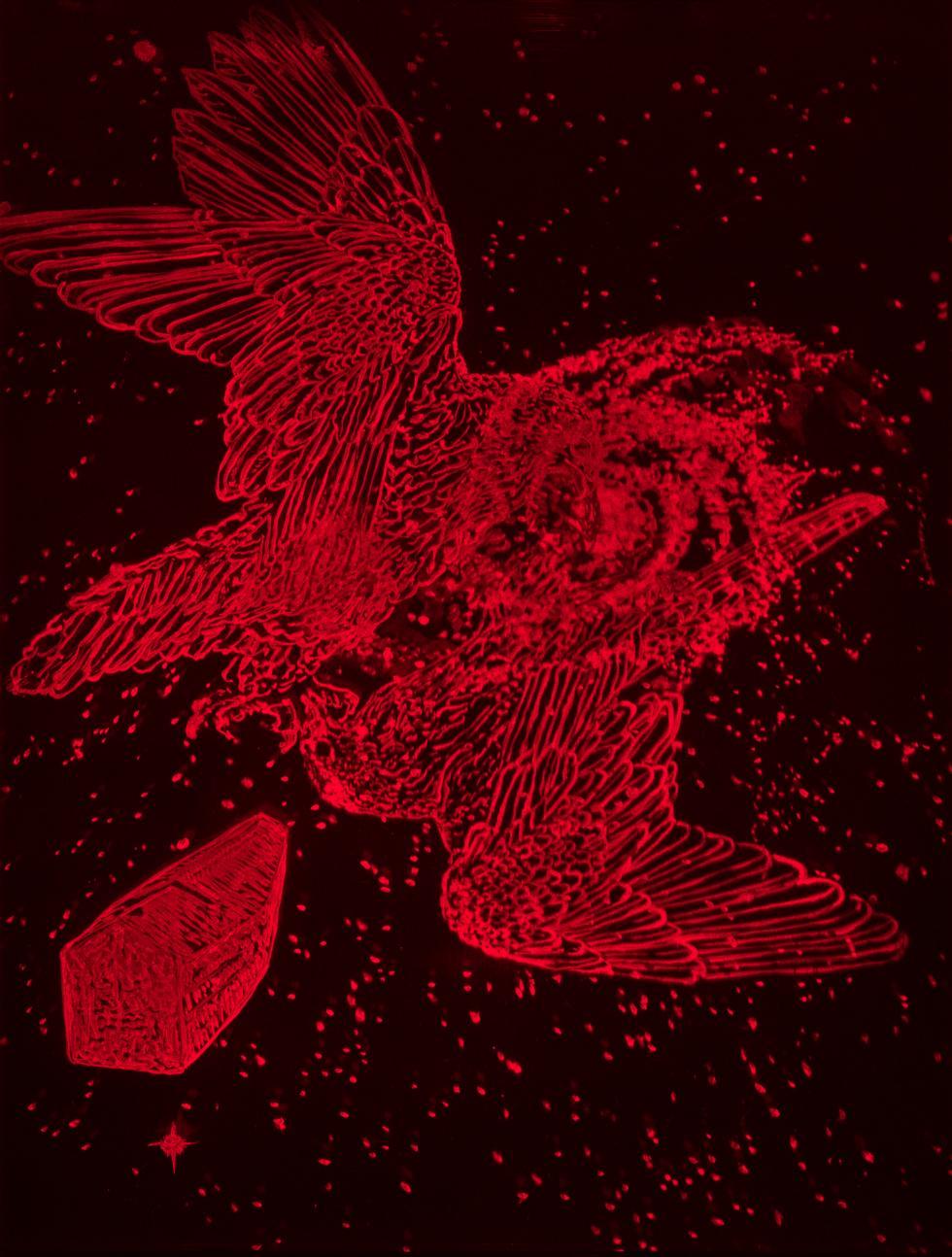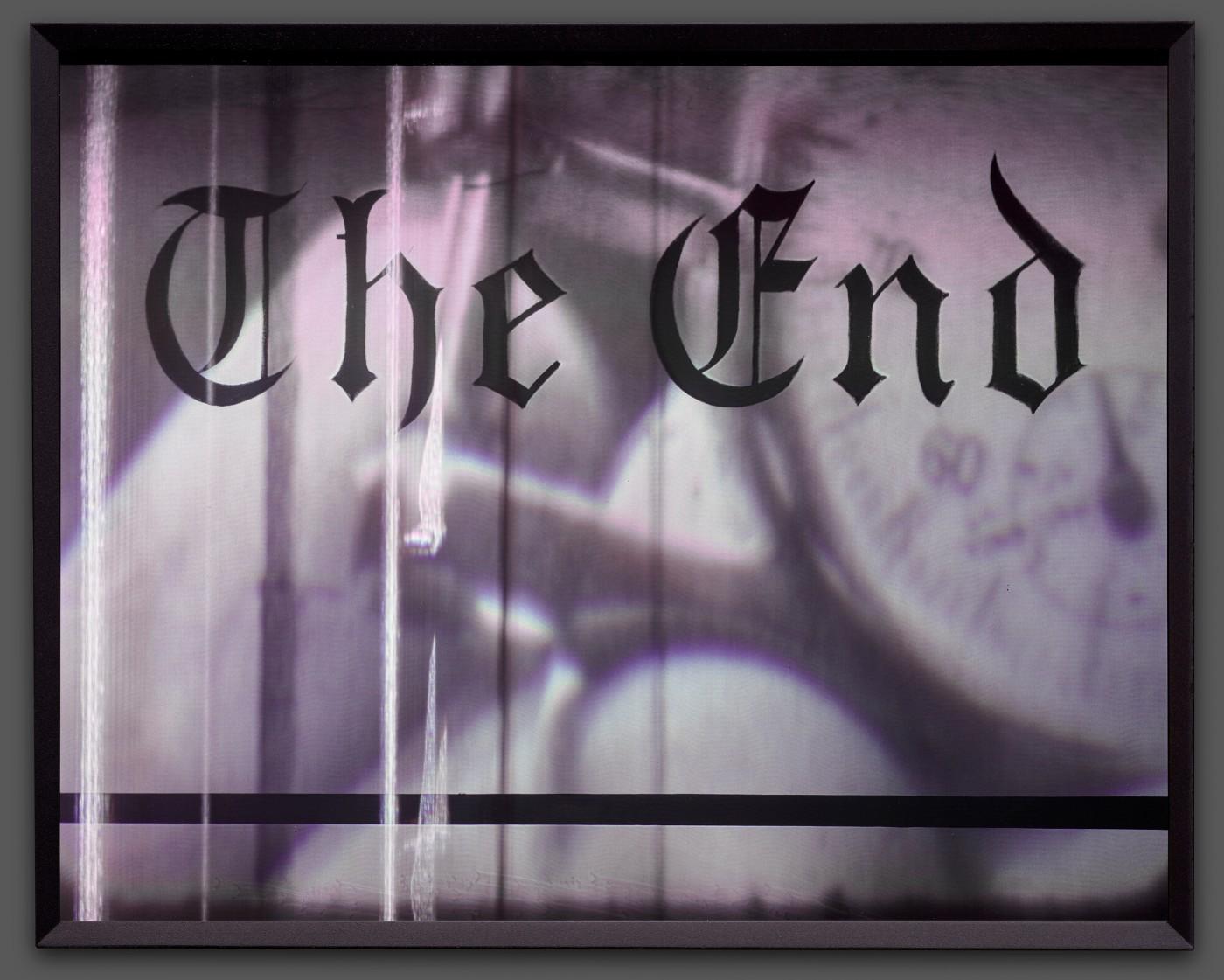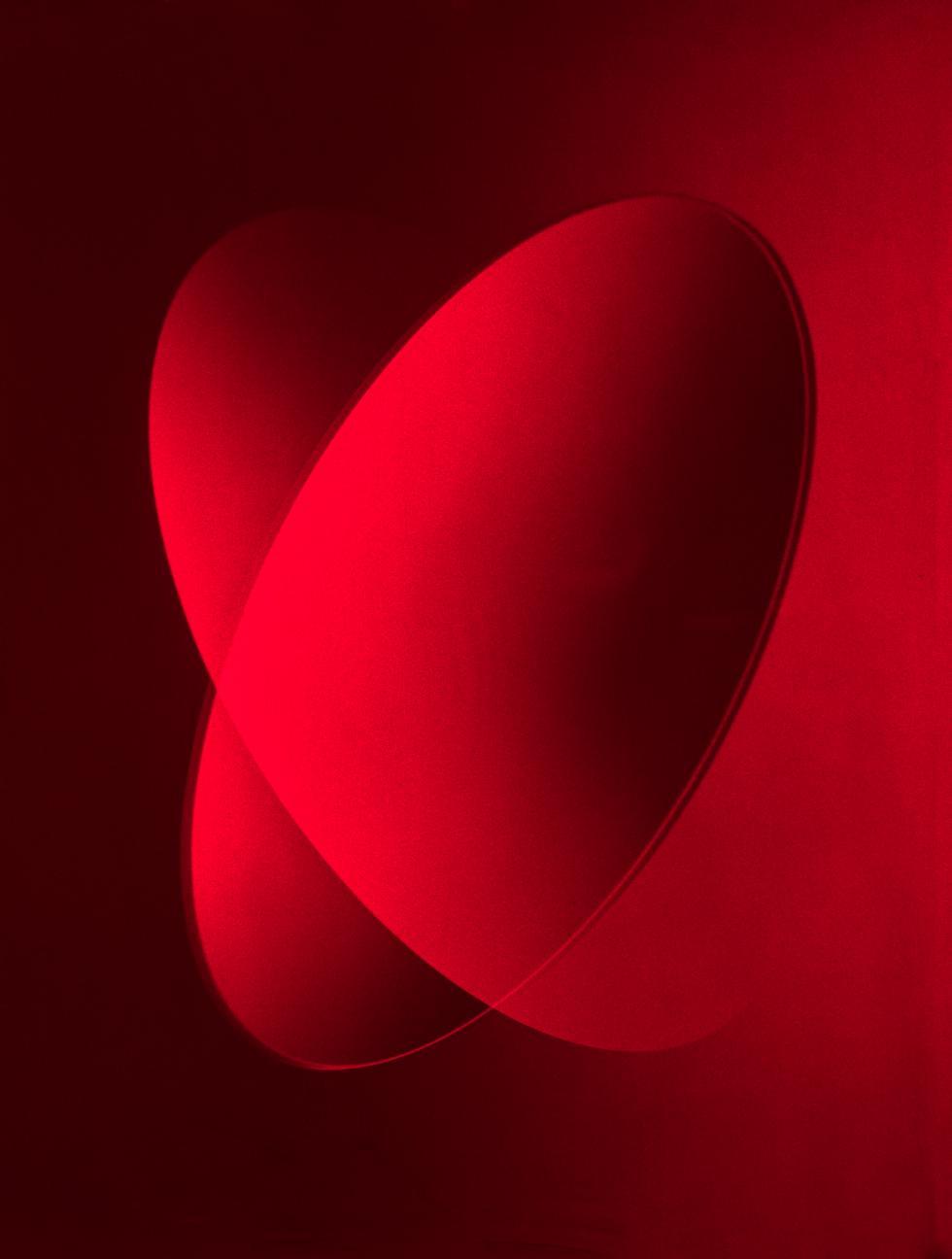The donation includes 89 non-editioned hologram plates viewable with directed laser light or LED light created by the C-project between 1994 and 1999, as well as 16 final editioned holograms created in 2017. The acquisition includes work by all of the artists who collaborated on the project: Richard Artschwager (American, 1923-2013), John Baldessari (American, born 1931), Larry Bell (American, born 1939), Ross Bleckner (American, born 1949), Louise Bourgeois (American, born France, 1911-2010), Pol Bury (Belgian, 1922-2005), Chuck Close (American, born 1940), Marisol Escobar (American, 1930-2016), Al Held (American, born 1928), Roy Lichtenstein (American, 1923-1997), Anne McCoy (American, born 1946), Tatsuo Miyajima (Japanese, born 1957), Malcolm Morley (American, born England, 1931), Eric Orr (American, 1939-1998), Larry Rivers (American, 1923-2002), Dorothea Rockburne (Canadian, born 1934), Ed Ruscha (American, born 1937), Robert Ryman (American, 1930-2019), Richard Smith (English, 1931-2016), and James Turrell (American, born 1943).
“These captivating works, the first holograms to enter the Getty Museum’s photographs collection, are objects that are both a continuum of traditional silver halide photography developed in the 19th century and a product of laser technology first introduced in the 20th century,” said Timothy Potts, director of the J. Paul Getty Museum. “Each work has been created in a unique way that reflects the artist’s engagement with this innovative medium. I have no doubt that they will stimulate new thinking on the history of photography and holography, and especially the recent resurgence of three-dimensional formats for film and television.”




